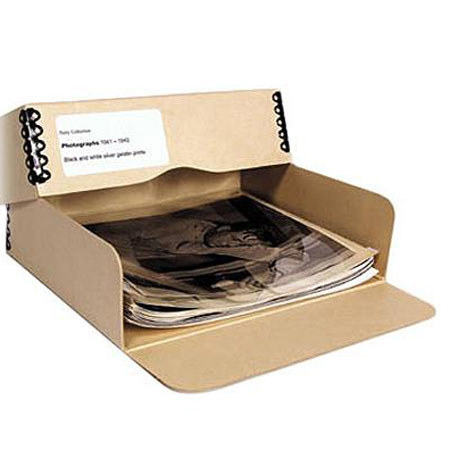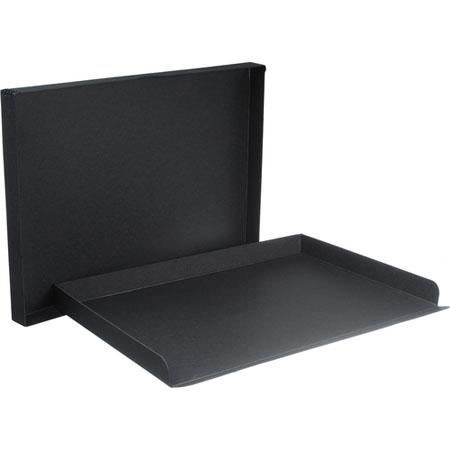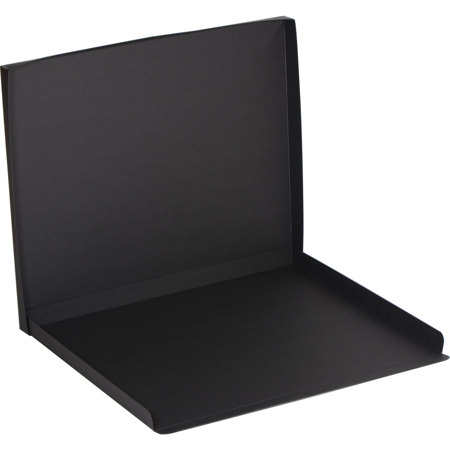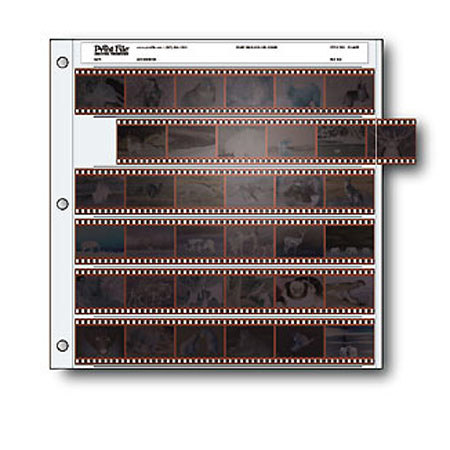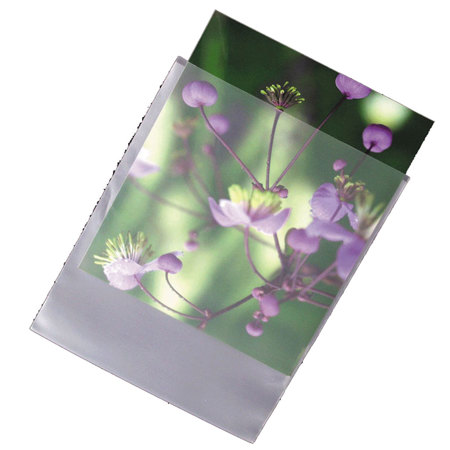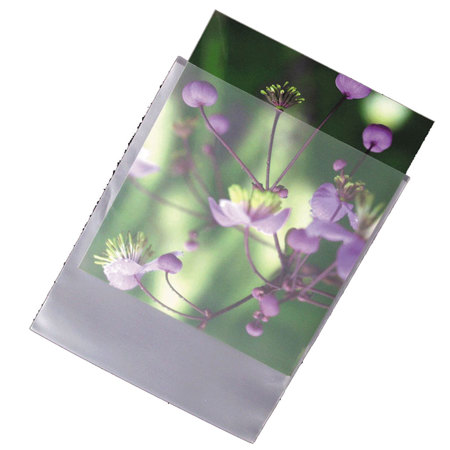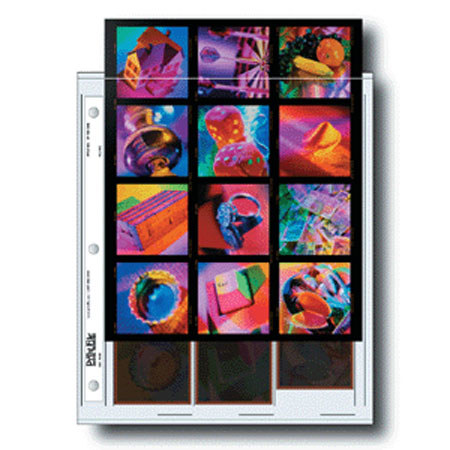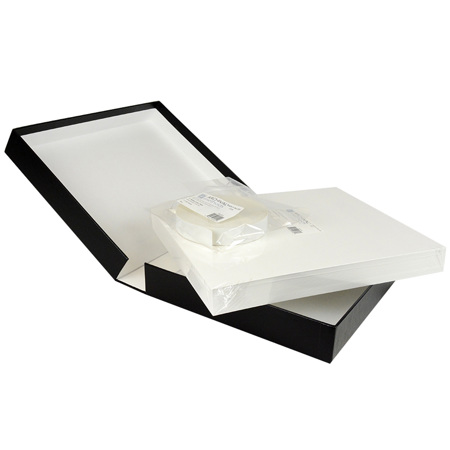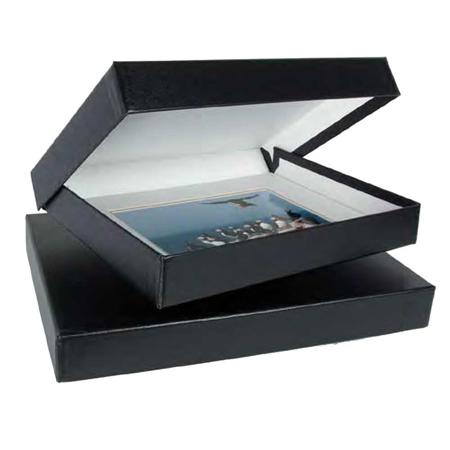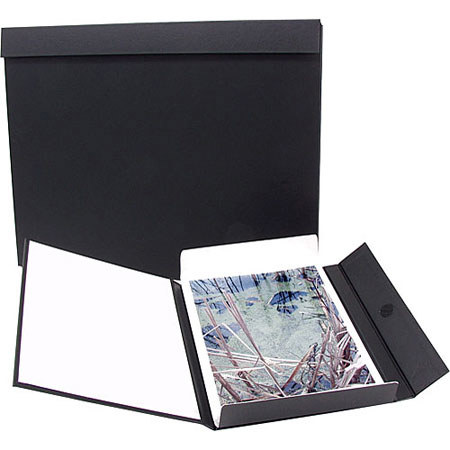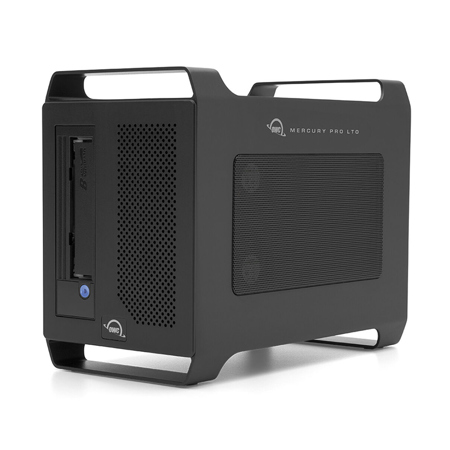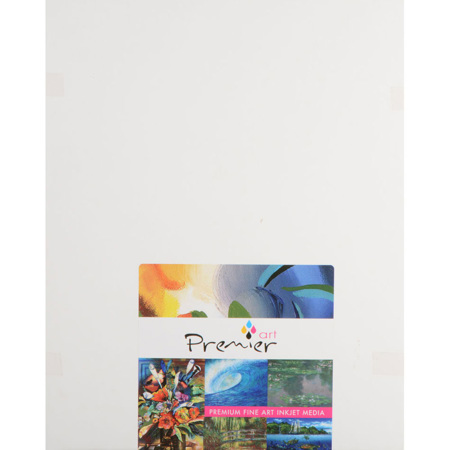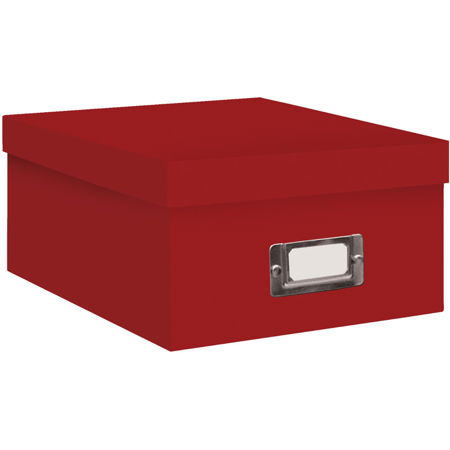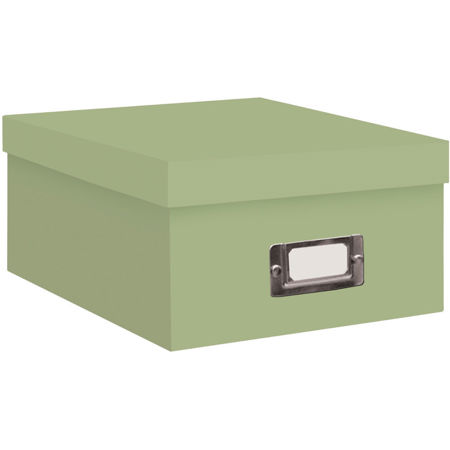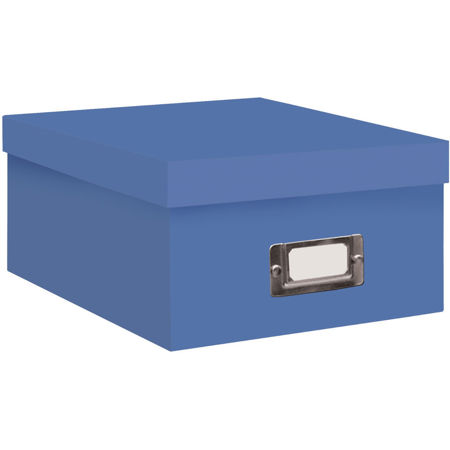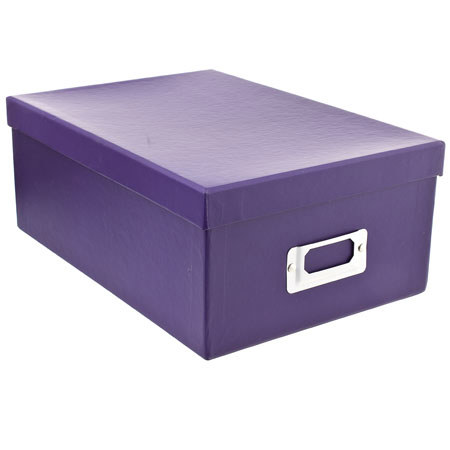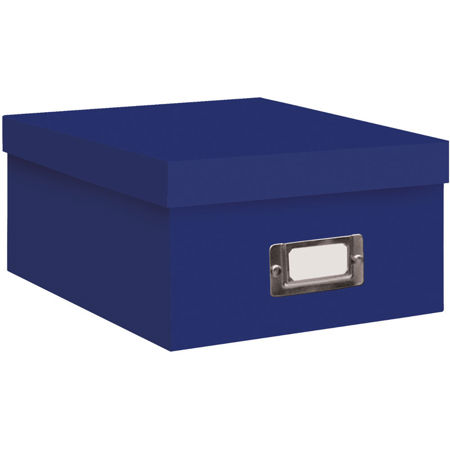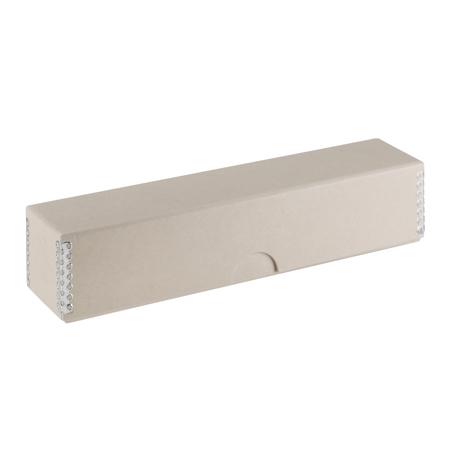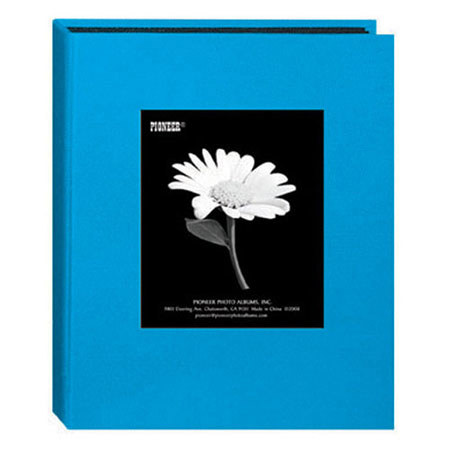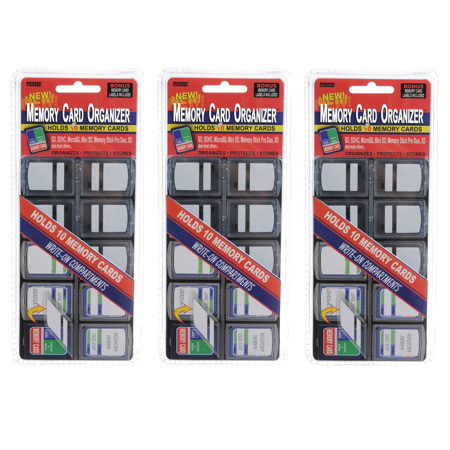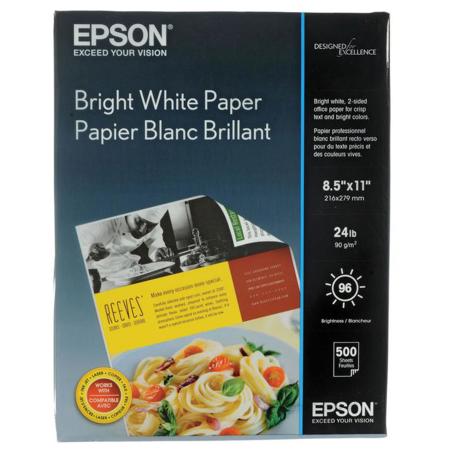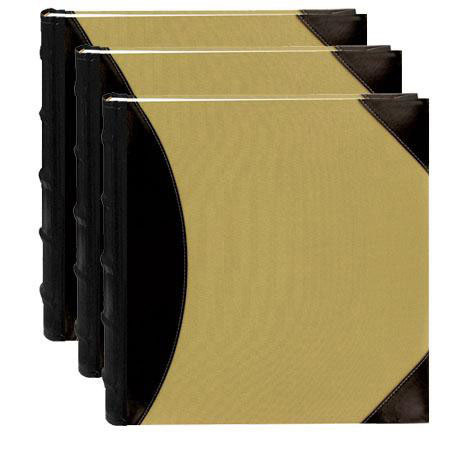Archival Solutions For World Photography Day
World Photography Day is a celebration of the art, history, and personal stories captured through the lens, making it the perfect occasion to reflect on how we preserve our most cherished images. Whether you’re a professional photographer with decades of negatives and digital files, a hobbyist with a growing collection of prints, or a family historian safeguarding precious memories, archival solutions are essential for protecting your visual legacy. Thoughtful storage and organization not only shield photographs from the ravages of time—such as fading, discoloration, and physical damage—but also make it easier to revisit and share those moments for generations to come. As the autumn light starts to soften and the days grow shorter, many photographers find themselves sorting through the year’s creative output, making September an ideal time to invest in both physical and digital archival products. Acid-free, lignin-free albums, enclosures, and boxes are designed to prevent chemical reactions that can degrade prints, while Mylar sleeves offer crystal-clear protection for especially delicate or valuable images. For those who love to display their work, UV-filtering glass and archival-quality frames provide a safeguard against light-induced fading, allowing your favorite prints to be enjoyed in living spaces without worry.
Digital photographers and videographers face a different, but equally important, set of challenges when it comes to safeguarding their work. The sheer volume of data—especially when working with RAW images or high-resolution video—demands reliable, high-capacity storage solutions. External hard drives, rugged SSDs, and LTO tapes are all popular options for local backups, offering peace of mind against hardware failures. Cloud storage and remote backup services add an extra layer of security, protecting your files from unforeseen disasters such as fire, theft, or natural events. Implementing a robust backup strategy—ideally with a primary drive, a secondary backup, and an off-site or cloud-based copy—is considered best practice among professionals and serious enthusiasts alike. Metadata organization tools and photo management software can help keep large digital libraries easily searchable, while encrypted passwords and two-factor authentication provide essential protection against unauthorized access. For those who enjoy sharing their passion for photography with others, archival solutions also make thoughtful gifts—whether for a student starting their first portfolio, a grandparent digitizing family albums, or a friend embarking on a creative project. The act of giving an archival-quality album, a set of protective sleeves, or a secure digital storage device is a gesture that honors both the art of photography and the stories it preserves.
No matter your level of expertise or the size of your collection, investing in archival solutions is an act of care for your creative and personal history. Store physical prints in a cool, dark, and dry environment, and use photo-safe pencils or archival pens for labeling to avoid long-term damage. Adhesive corner mounts are preferable to tape or glue when mounting photos in albums, ensuring that images remain pristine. For those seeking inspiration or a starting point, curated collections like the Pioneer Photo Albums For World Photography Day offer a range of options tailored to different needs and preferences. As the seasons change and you reflect on the stories captured in your images, proper archival care ensures that your photographs remain vibrant, accessible, and meaningful—ready to be shared, displayed, or passed down whenever the moment calls.
Digital photographers and videographers face a different, but equally important, set of challenges when it comes to safeguarding their work. The sheer volume of data—especially when working with RAW images or high-resolution video—demands reliable, high-capacity storage solutions. External hard drives, rugged SSDs, and LTO tapes are all popular options for local backups, offering peace of mind against hardware failures. Cloud storage and remote backup services add an extra layer of security, protecting your files from unforeseen disasters such as fire, theft, or natural events. Implementing a robust backup strategy—ideally with a primary drive, a secondary backup, and an off-site or cloud-based copy—is considered best practice among professionals and serious enthusiasts alike. Metadata organization tools and photo management software can help keep large digital libraries easily searchable, while encrypted passwords and two-factor authentication provide essential protection against unauthorized access. For those who enjoy sharing their passion for photography with others, archival solutions also make thoughtful gifts—whether for a student starting their first portfolio, a grandparent digitizing family albums, or a friend embarking on a creative project. The act of giving an archival-quality album, a set of protective sleeves, or a secure digital storage device is a gesture that honors both the art of photography and the stories it preserves.
No matter your level of expertise or the size of your collection, investing in archival solutions is an act of care for your creative and personal history. Store physical prints in a cool, dark, and dry environment, and use photo-safe pencils or archival pens for labeling to avoid long-term damage. Adhesive corner mounts are preferable to tape or glue when mounting photos in albums, ensuring that images remain pristine. For those seeking inspiration or a starting point, curated collections like the Pioneer Photo Albums For World Photography Day offer a range of options tailored to different needs and preferences. As the seasons change and you reflect on the stories captured in your images, proper archival care ensures that your photographs remain vibrant, accessible, and meaningful—ready to be shared, displayed, or passed down whenever the moment calls.



